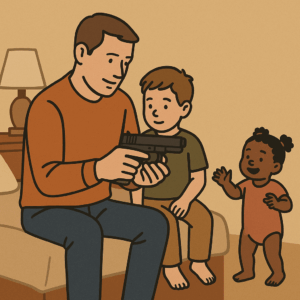|
When danger arises, cover can be your single greatest ally. Cover is any object that can stop or significantly slow bullets — such as concrete walls, engine blocks, thick trees, or reinforced barriers. Unlike concealment, which merely hides you from sight, cover provides actual ballistic protection. Using it effectively can drastically reduce the chance of injury or death while you assess the threat or plan your next move.
Positioning is key. Whenever possible, keep most of your body behind the barrier, exposing only what’s necessary to observe or engage. Avoid “crowding” your cover — staying slightly back improves mobility and reduces the risk of bullet deflection. Always use angles and distance to minimize visibility to the threat.
Cover also buys you time. It lets you reload, clear malfunctions, or communicate with others without full exposure. In defensive scenarios, cover can grant you crucial seconds to decide whether to disengage or respond with precision.
Training makes the difference. Practice shooting from standing and kneeling positions, switching shoulders when needed, and moving efficiently between points of cover. Know the difference between hard cover (stops bullets) and soft cover (only conceals). Developing these habits before a crisis ensures that if violence erupts, you can instinctively use your environment to stay protected and in control.
|


